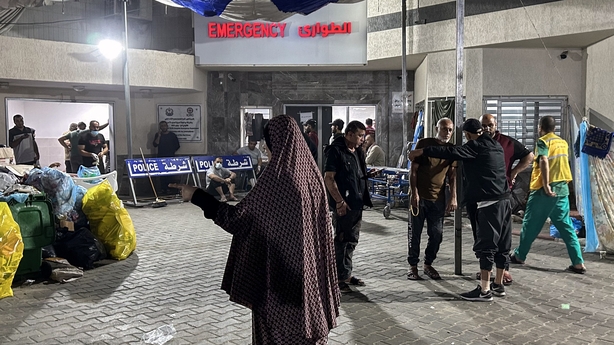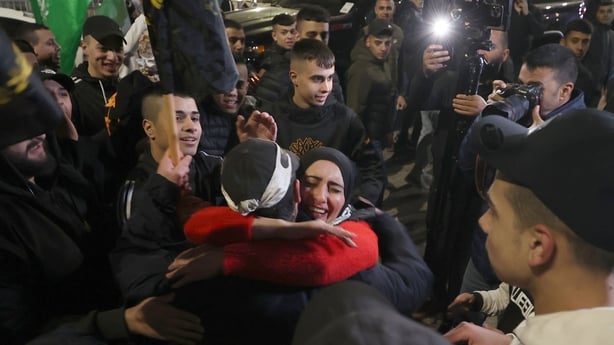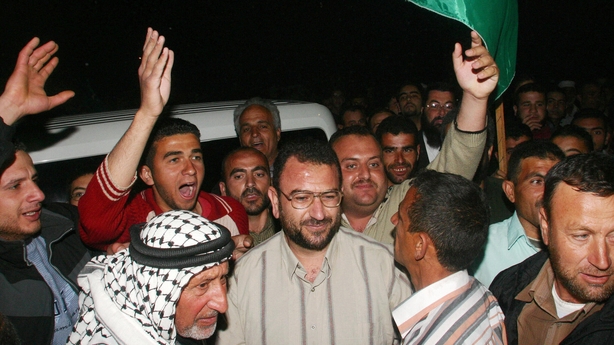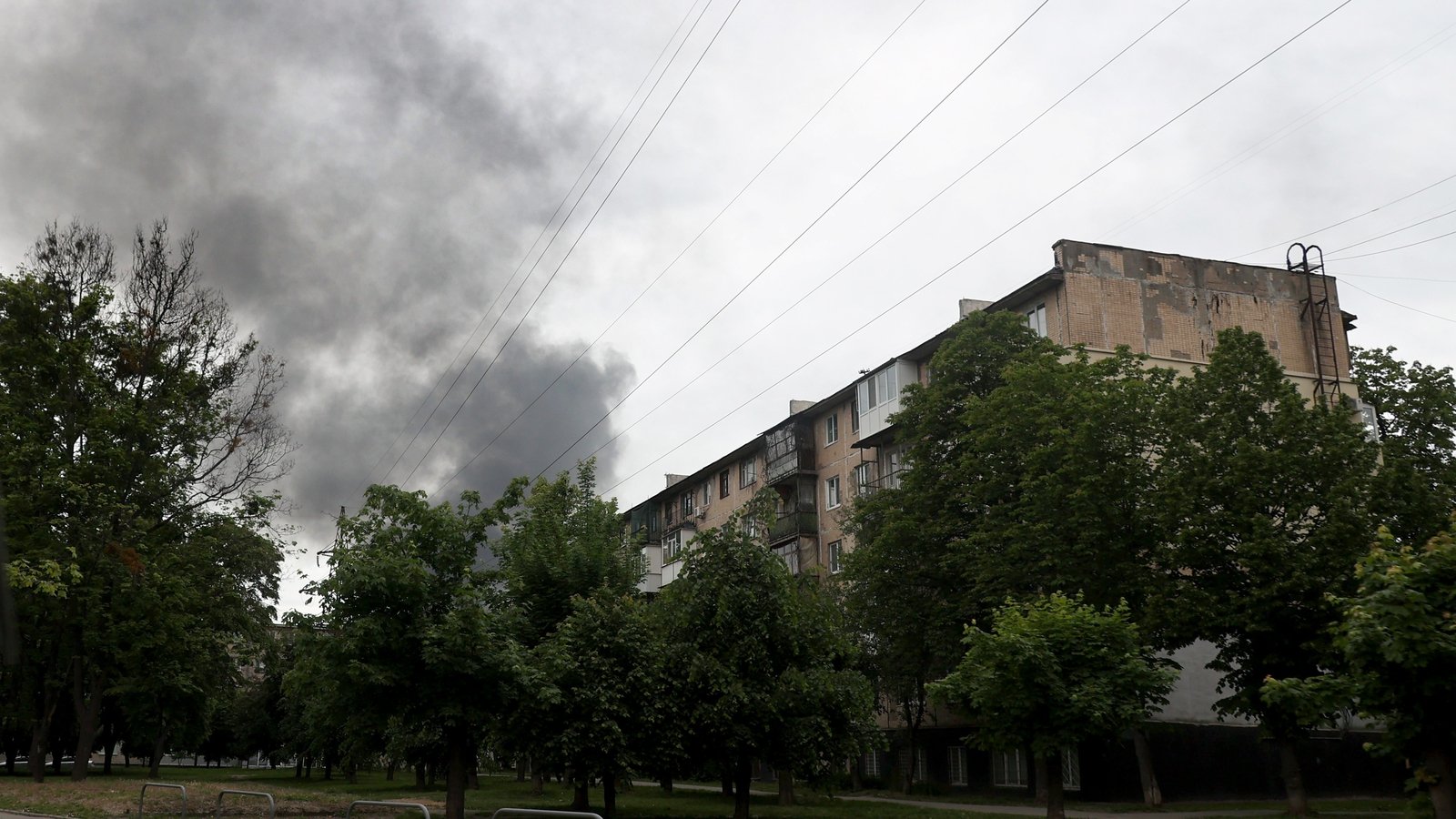The war between Israel and Hamas began on 7 October when Palestinian militants rampaged through southern Israel.
The Hamas attack resulted in the deaths of around 1,140 people, according to an AFP tally based on official Israeli figures.
Israel responded with a devastating military campaign in Hamas-ruled Gaza that has killed at least 22,600 people, mostly civilians, according to the health ministry in the besieged territory.
Here are some of the key moments in the three-month war which has devastated Gaza and sent shockwaves across the region.
7 October: Hamas attacks
At dawn on 7 October, at the end of the Jewish holiday of Sukkot, hundreds of Hamas fighters infiltrate Israel from Gaza by land, sea and air.

They kill civilians indiscriminately in the streets, in their homes and at a desert music festival, and attack troops in army bases, in the worst ever attack in Israel’s history.
They also take about 250 people hostage.
Israel vows to destroy Hamas and begins bombarding Gaza.
13 October: exodus from north Gaza
On 13 October, Israel calls on civilians in northern Gaza to move south within 24 hours, declaring the north, which includes Gaza City, a war zone.
Hundreds of thousands of Palestinians flee to the south as entire districts in the north are razed to the ground.
17 October: hospital blast
On 17 October, an explosion in the car park of Gaza’s Al-Ahli hospital leaves scores of people dead.

Hamas accuses Israel, which denies responsibility and blames a misfired rocket launched by Islamic Jihad, another Palestinian militant group – a claim backed by the United States.
27 October: tanks enter Gaza
On 27 October, Israeli tanks roll into Gaza at the start of a much-feared ground offensive.
The troops fight their way towards Gaza City.
15 November: outcry over hospital raid
On November 15, Israeli troops launch a night-time raid on Al-Shifa hospital, Gaza’s biggest medical facility, where bodies had been piling up after food, fuel and anaesthetics ran out.

The raid causes an international outcry, and Israel claims Hamas is running a command centre below the hospital, which the armed group denies.
24 November: truce and hostage swap
On 24 November, a week-long truce between Israel and Hamas takes effect.
Hamas releases 80 hostages over seven days in return for 240 Palestinians held in Israeli prisons, and aid shipments are allowed into Gaza.
A separate group of 25 other hostages, mainly Thai farm workers, are released outside of the scope of the deal.

4 December: tanks in south Gaza
As the war resumes, Israel expands its actions against Hamas into southern Gaza, which had previously been considered relatively safe.
On 4 December, dozens of tanks enter the south of the territory, which is packed with internally displaced Palestinians.
8 December: US veto
The United States vetoes a UN Security Council resolution calling for an immediate ceasefire, despite a growing international clamour for an end to Israel’s campaign.
Two weeks later, Washington approves a resolution demanding more aid be allowed into Gaza but not a halt in the fighting.
18 December: Red Sea coalition
The US announces the formation of an international naval coalition to protect container ships in the Red Sea from a surge in attacks by Iran-backed Huthi rebels in Yemen.
The Huthis say the drone and missile strikes are in solidarity with Gazans.
2 January: Hamas deputy leader killed
Hamas’s deputy leader Saleh al-Aruri is killed along with six other Hamas members in a missile strike on south Beirut.

He is the most high-profile Hamas member to be killed since the war began.
Israel does not deny responsibility.
Source link
 TG4 TV PC to TV
TG4 TV PC to TV
